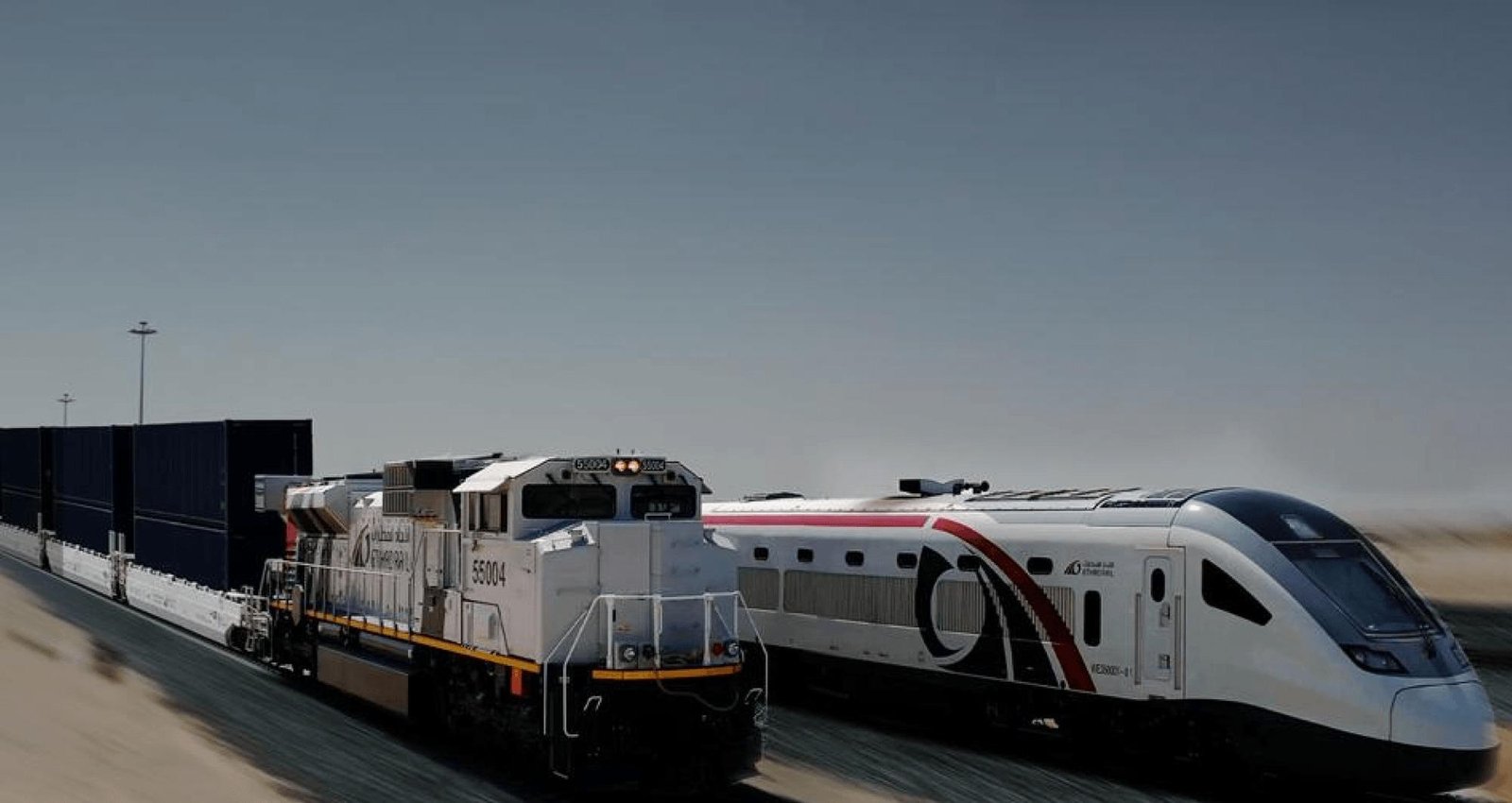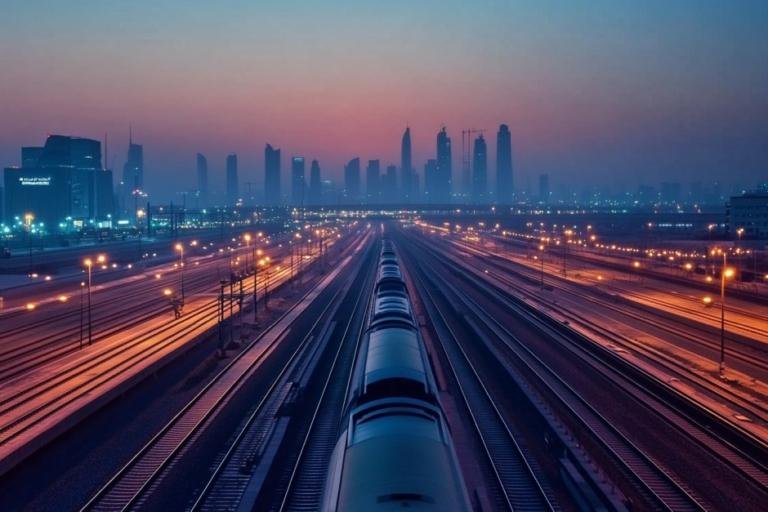Since the beginning of civilization, transportation has been a major challenge. The daily need to move from place to place pushed us to develop cars, ships, planes, and trains. But did you know that a region’s transportation system is more than just movement? It reflects its culture, values, and progress.
Table of Contents
One of the most ambitious transport projects today is the Gulf Railway Project. This initiative, led by six of the wealthiest countries, aims to connect the Arabian Peninsula through a single rail network. While the idea sounds revolutionary, the project has faced numerous delays, turning it into a symbol of unfulfilled potential.
But why is it so difficult to build this railway? And how does it highlight the challenges of managing large-scale projects? Let’s dive in.
What is the Gulf Railway Project?
The Gulf Railway Project is no ordinary railway. It spans 2,177 kilometers (1,353 miles), connecting six countries: Kuwait, Saudi Arabia, Bahrain, Qatar, the UAE, and Oman. Starting in Kuwait City, the railway will pass through Dammam, Bahrain, and Doha, and will make stops in Abu Dhabi and Dubai, before ending in Muscat, Oman.
To understand its scale, imagine a rail system extending from California’s vineyards to Los Angeles—then continuing for 800 more kilometers! Or picture the Eurostar, which connects London to Paris and Brussels over 1,100 kilometers. The Gulf Railway surpasses even that.
If completed, this project will be one of the most expensive in the world, with an estimated cost of $250 billion. That’s nearly double the cost of building the International Space Station!
A Long History of Delays
The Gulf Railway Project was first proposed in December 2009 at the 30th GCC summit. Back then, it was viewed as a visionary project. At the time, Saudi Arabia was the only GCC country with a rail network, so this project represented a massive leap forward.
The original completion target was 2018, but it was pushed to 2021 and later to 2025. Various issues caused delays, including a lack of coordination among the GCC countries, budget problems, and falling oil prices. For example, Qatar started with tenders in 2015 but paused the project, and Oman had to wait until other countries made progress.
Despite these setbacks, there was renewed interest in the project by 2016. By April 2024, Etihad Rail and Oman Rail had announced a joint venture, Hafeet Rail, to build a 300-kilometer link between Abu Dhabi and Oman’s port of Sohar, marking a significant milestone.
A Look at the Future Railway
The trains in the Gulf Railway Project will be modern, fast, and luxurious. Designed for comfort, the trains will offer plush seating, panoramic views of desert landscapes, Wi-Fi, gourmet meals, and top-notch entertainment.
The stations along the route will reflect the unique culture of each country, from the modern skyline of Dubai to the historical charm of Muscat. The trains are expected to reach speeds of up to 220 km/h (137 mph), making it one of the fastest rail networks in the region.
Not only will this project improve passenger travel, but it is also designed to transport over 80 million tons of goods annually, reducing traffic on the region’s busy highways.
Challenges of Collaboration
Despite its grand vision, the biggest challenge facing the Gulf Railway Project is the coordination between six different nations: Kuwait, Saudi Arabia, Bahrain, Qatar, the UAE, and Oman. Each country has its own political priorities, economic goals, and infrastructure needs, making it difficult to keep everyone on the same page.
For example, low oil prices caused budget issues, leading to delays. Saudi Arabia’s portion of the project has been particularly slow, affecting the overall timeline. Visa and border control regulations, as well as different national policies, have also complicated things.
Why Push for the Gulf Railway Project?
Even with all the obstacles, the Gulf Railway Project could be transformative for the region. First, it will boost trade by connecting key cities across six countries. In fact, it is expected to enhance intra-GCC trade by $2 billion annually, cutting transport times and costs.
Environmentally, the railway will reduce fuel consumption by over 50%, as rail transport emits less greenhouse gas than road or air travel. By shifting cargo from trucks to trains, the railway could cut carbon emissions by 10 million tons per year, aligning with global climate goals.
Conclusion
The Gulf Railway Project promises to change the future of transportation across the GCC, boosting trade, improving infrastructure, and connecting cultures. However, it faces numerous challenges due to the complexity of coordinating such a massive project across six countries.
Despite these hurdles, the project continues to be a symbol of the Gulf’s ambitions for the future. What do you think? Would you like to ride this futuristic train when it finally opens? Share your thoughts in the comments below!
Until next time, stay curious!






Leave a Comment